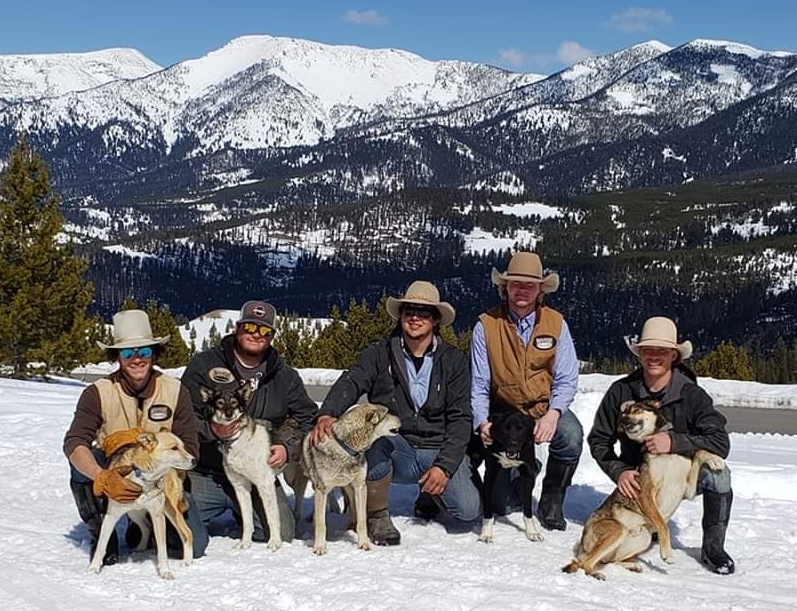

Rivers where there is no fish or it is not enough to feed the dogs, reindeer are used for transportation, and such rivers were called "deer rivers."įrom the 1940s to the 1990s, Russian dog sled numbers were in decline. In these documents, the rivers Olenyok, Yana, Indigirka and Kolyma were called “dog rivers”, as they were rich in fish for the dogs to eat. The Kungur Chronicle and the Remezov Chronicle, created at the end of the 16th century and 1703 respectively, tells about the people living along Siberian rivers, whose primary means of transport was riding on reindeer or dogs. At death, the heads of the dogs had been carefully separated from their bodies by humans and was thought to be for ceremonial reasons. Other dogs were more massive at 30 kg (66 lb) and appear to be dogs that had been crossed with wolves and used for polar bear hunting. The same standard has been found in the remains of sled dogs from this region 2,000 years ago and in the modern Siberian Husky breed standard.


The optimal maximum size for a sled dog is 20–25 kg (44–55 lb) based on thermo-regulation, and the ancient sled dogs were between 16 and 25 kg (35 and 55 lb). The dogs were selectively bred as either sled dogs or hunting dogs, implying that a sled dog standard and a hunting dog standard co-existed. Russia Ī 2017 study showed that 9,000 years ago, the domestic dog was present at what is now Zhokhov Island, northeastern Siberia, which at that time was connected to the mainland. These and glass-domed "iglus" have been appropriated from other cultures by the tourist industry in the 1980s and falsely portrayed as being part of the Sámi and Finnish cultures. Sled dogs and husky safaris are not native to Sápmi (Lapland) and Finland and are considered a major nuisance by reindeer herders as they directly impact their livelihoods. Sled dogs are used in countries such as Canada, Greenland, Siberia, Chukotka, Norway, Sweden, and Alaska. Sled dog wearing harness during the Jesup Expedition in Siberia


 0 kommentar(er)
0 kommentar(er)
